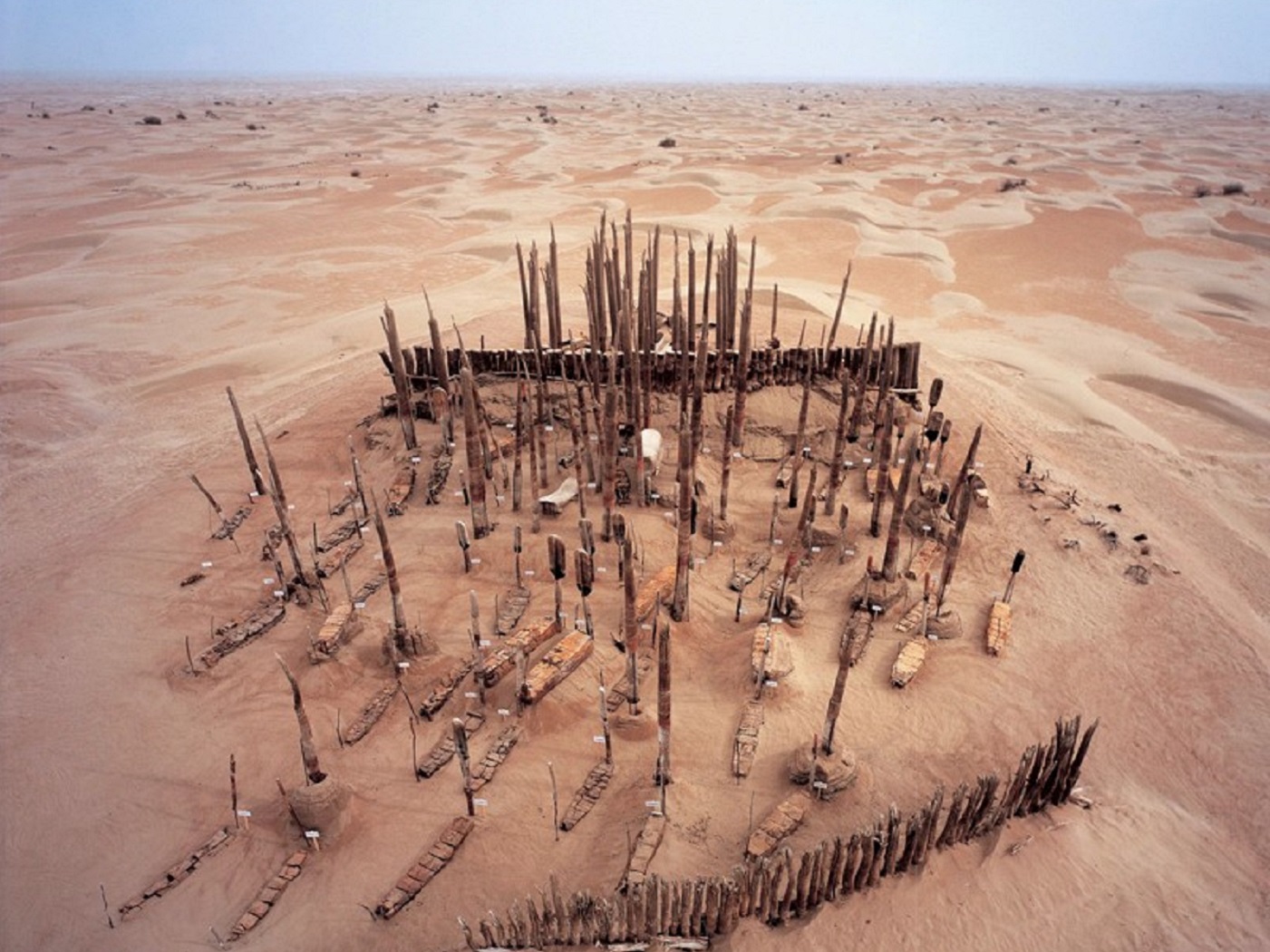New Research Reveals Surprising Origins of Millennia-Old Mummies Found in China
Once thought to be migrants from West Asia, the deceased were actually direct descendants of a local Ice Age population, DNA analysis suggests
Livia Gershon
Daily Correspondent
October 28, 2021
Decades ago, researchers discovered hundreds of naturally mummified bodies buried in boats in a barren desert in northwest China.
Dated to as long as 4,000 years ago, the mummies’ clothing and burial goods led some scholars to posit that they were migrants from West Asia. But new DNA evidence published in the journal Nature suggests the so-called Tarim mummies actually descended directly from a population that lived in the region during the Ice Age.
“We found strong evidence that they actually represent a highly genetically isolated local population,” study co-author Christina Warinner, an anthropologist at Harvard University, tells CNN’s Katie Hunt.
Known as Ancient North Eurasians (ANE), the distinct group spread across a large area during the Ice Age but had mostly disappeared by around 10,000 years ago. Scientists have found small traces of their genetic lineage in present-day people, particularly Indigenous populations in Siberia and North America.
“Archaeogeneticists have long searched for Holocene ANE populations in order to better understand the genetic history of Inner Eurasia,” says co-author Choongwon Jeong, a geneticist at Seoul National University, in a statement from the Max Planck Institute for Evolutionary Anthropology. “We have found one in the most unexpected place.”

The desert-dwelling Tarim people buried their dead in boat-shaped coffins that used oars as grave markers. Wenying Li / Xinjiang Institute of Cultural Relics and Archaeology
More:
https://www.smithsonianmag.com/smart-news/bronze-age-mummies-in-china-were-part-of-mysterious-ancient-group-180978953/
